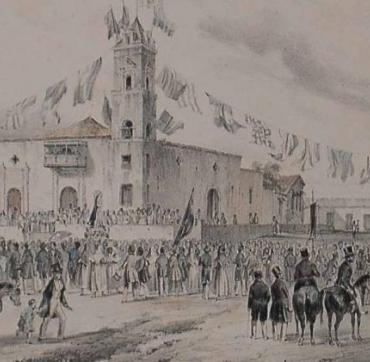Prevention and control of COVID-19 in Cuba with better indicators
especiales

Cuban President Miguel Díaz-Canel and Prime Minister Manuel Marrero Cruz presided over the meeting of the temporary working group for the Prevention and Control of COVID-19 on Wednesday, one day after encouraging news -- that the island had only 30 new cases on Tuesday, 42 discharges and no deaths.
Public Health Minister Jose Angel Portal Miranda explained the international context of the pandemic, which has more than 2 million 982,000 patients and 210,193 deaths. The situation in the region of the Americas also remains tense, with 40.74% of the total number of cases reported worldwide.
In the midst of this complex scenario, Cuba continues its confrontation with COVID-19 with 8,093 people admitted for care and surveillance, of whom 2,183 are in hospitals and the rest in isolation centers; another 6,839 followed closely by primary health care; plus four million 141,868 Cubans investigated over the past day, among these one million 509,128 corresponded to older adults.
The Minister of Public Health confirmed that the provinces with the highest incidence rates of positive cases of COVID-19 per 100,000 inhabitants continue to be the Isle of Youth with 39 confirmed cases, Havana with 628, Villa Clara with 189, Ciego de Avila with 82, Matanzas with 109 and Sancti Spíritus with 61.
Precisely because of these numbers, Havana, Villa Clara and Matanzas once again gave an account at the meeting. In the case of the capital, Governor Reinaldo Garcia Zapata said that the highest number of diagnostic PCR tests carried out to date was reached on Tuesday with 899 in one day. Meanwhile, 1,097 people remain in hospitals and 1,089 in isolation centers.
Zapata explained the strategy to dedicate new hospitals to the care of patients with COVID-19 and to continue decongesting health institutions; as well as other issues related to food distribution, which should have better levels in May.














Add new comment